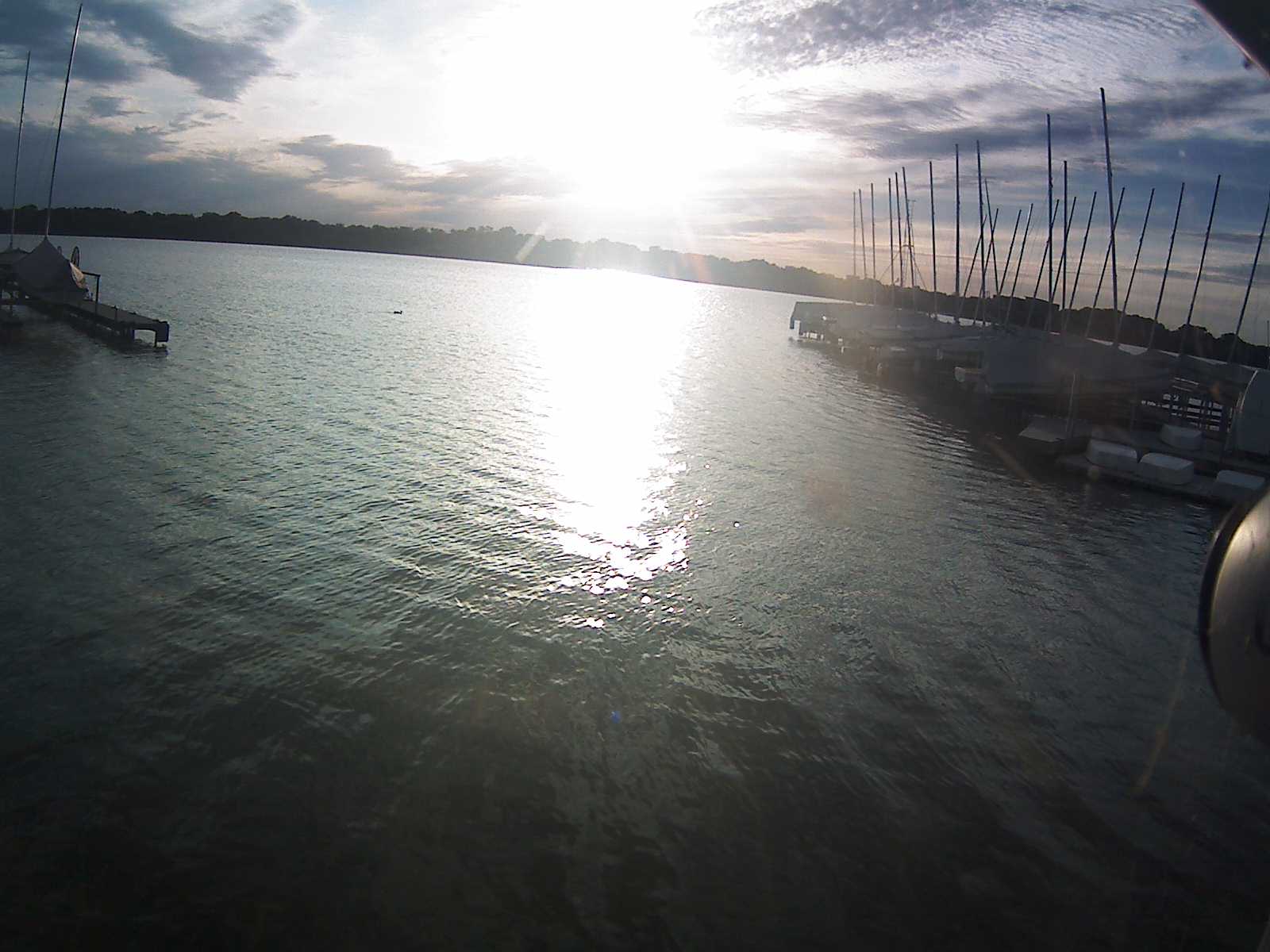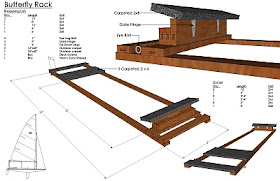DOWNWIND - PART 4: THE LEEWARD PASS
at 11.09.2011
(c) 2011 Doug Peckover
As mentioned in earlier posts, you can catch a boat on a run and then maintain what I call a holding pattern. This gives you control until you want to start your pass. A pass to windward is tricky as the other boat has the right of way because you’re overtaking and you’re to windward. Most of the time, a leeward pass makes more sense because it’s safer. There are many ways to proceed with a leeward pass and this will depend on things like where other boats are, your speed, and how aggressive you want to be.
The first way is just to pass the other boat to leeward (duh) as shown in the first diagram. You’re sailing “by the lee” and may have more speed (more on this later). If this works, then you’re done, but be careful to not let the other boat get behind you and reverse your positions because the boat behind has all the advantages. If this type of pass does not work, you simply come back behind the other boat, reel it in, and then try again. All very safe.
A more aggressive move is shown in the second diagram. You bear off so that you’re at least two boat lengths away and then say, “I’m two boat lengths away and have a new overlap and luffing rights.” Not required but good sportsmanship, plus you’re giving the other boat “room and opportunity” to keep clear. It will have to keep clear until you pull ahead at which time it can then try to reverse positions. So, be aware and don’t invite this by allowing the other boat to get to behind and to windward of you. This type of pass is good if you’re carving back and forth on waves or want to keep close to the other boat for tactical reasons.
An even more aggressive move is shown in the third diagram. You’re right behind in the holding pattern, are taking the other boat’s wind, and need to slow down. You do this by jibing twice. Your boom does not have to go all the way out on the port side, it just has to cross the centerline before you throw it back again. Jibing twice establishes a new overlap so you’re no longer the overtaking boat, and this gives you luffing rights. Because this is an aggressive move, it’s best to communicate with the other boat by saying “I’m jibing once, now twice, and now have a new overlap and luffing rights.” Again, not required but good sportsmanship. You now have all of your options open to head up, down, or continue going straight, and the other boat has to keep clear. But remember that if you pass the other boat, it can get behind you and reverse the positions.
The leeward pass is something I really like because it permits sailing “by the lee” which can be used to really pick up speed. How to do it and why it works is our next article.










